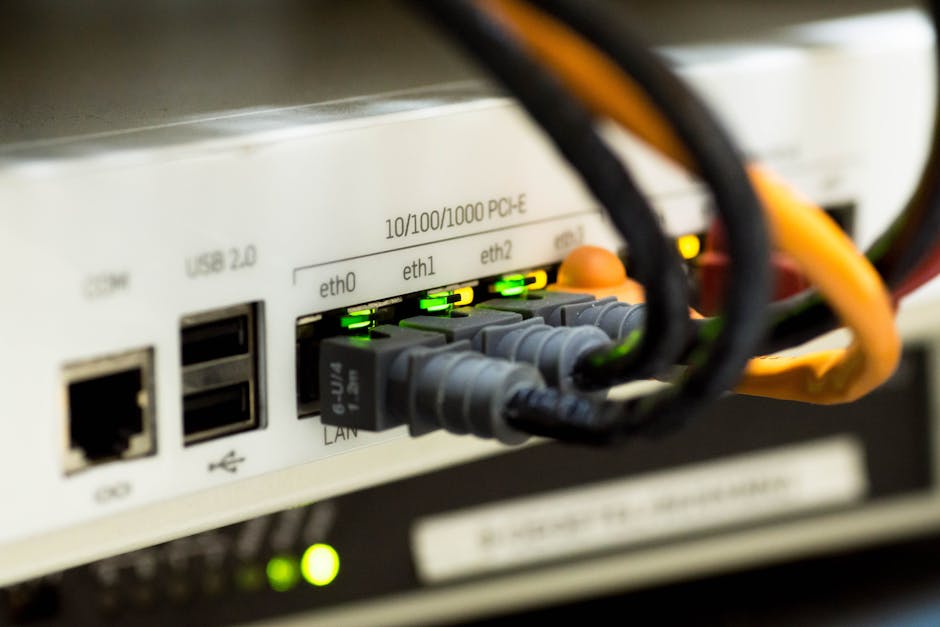
Understanding IoT Security Challenges
Introduction to IoT Security Challenges
The Internet of Things (IoT) has revolutionized the way we connect and interact with devices, creating new opportunities across industries. However, integrating countless connected devices introduces significant security challenges that must be addressed to ensure safety and privacy.
Common IoT Security Challenges
- Device Vulnerabilities: Many IoT devices lack robust security features, making them susceptible to hacking. Outdated firmware and weak passwords are common vulnerabilities.
- Data Privacy Concerns: IoT devices collect vast amounts of personal and sensitive data, raising concerns about data misuse and breaches.
- Network Security: Ensuring secure communication channels between devices and gateways is critical to prevent interception and malware attacks.
- Poor Device Management: Regular updates and patches are essential, but many devices are not adequately managed or updated, leaving them exposed.
- Lack of Standardization: The absence of unified security standards across different IoT devices and platforms complicates security enforcement.
Strategies to Mitigate IoT Security Risks
To address these IoT security challenges, organizations and consumers should adopt best practices such as implementing strong authentication, ensuring regular firmware updates, and deploying network segmentation. Collaboration among manufacturers, developers, and policymakers is also vital to establish robust security standards.
Conclusion
While the Internet of Things offers transformative benefits, it also introduces complex security challenges that require ongoing attention and proactive measures. By understanding and addressing these challenges, we can build a safer connected ecosystem for everyone.
